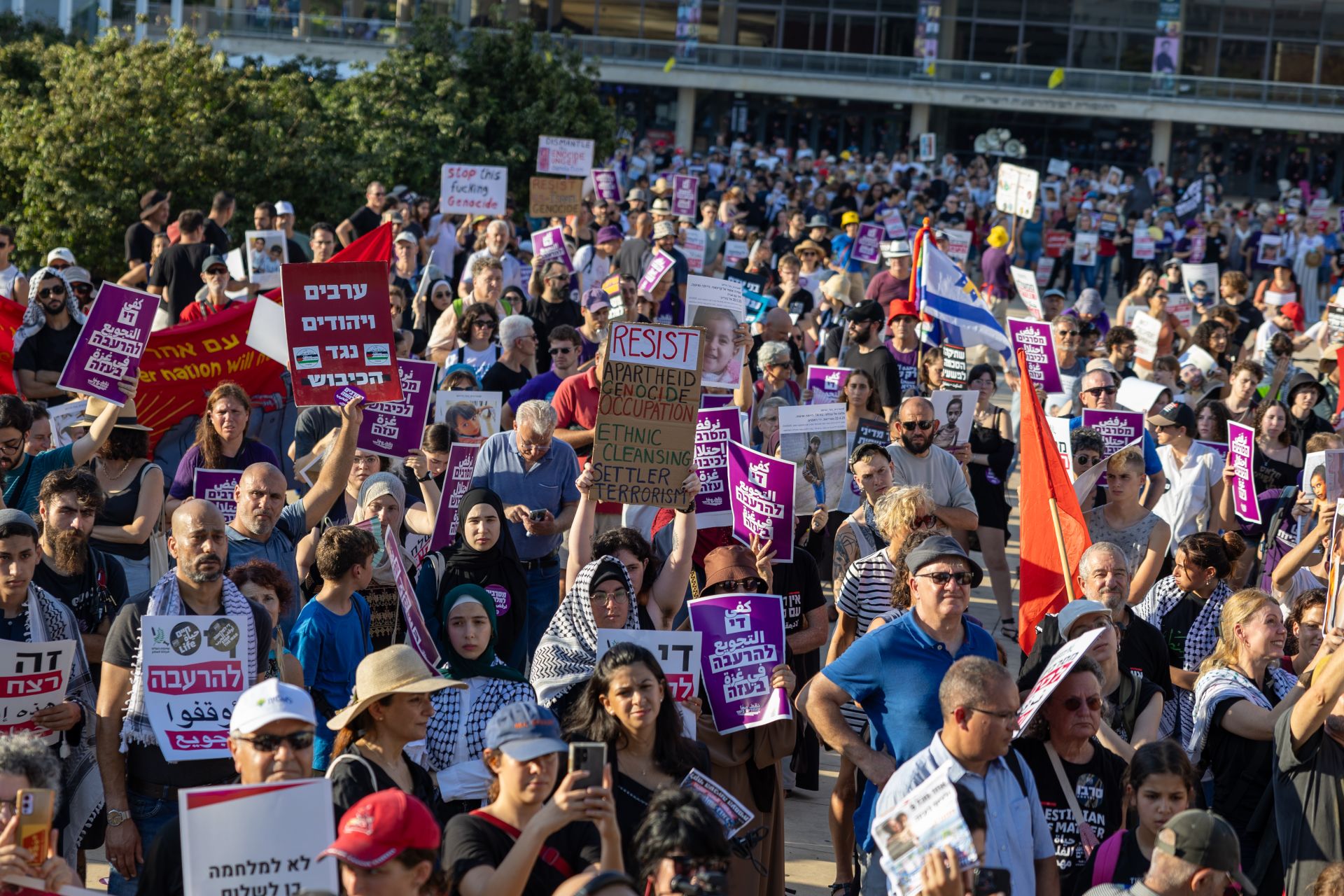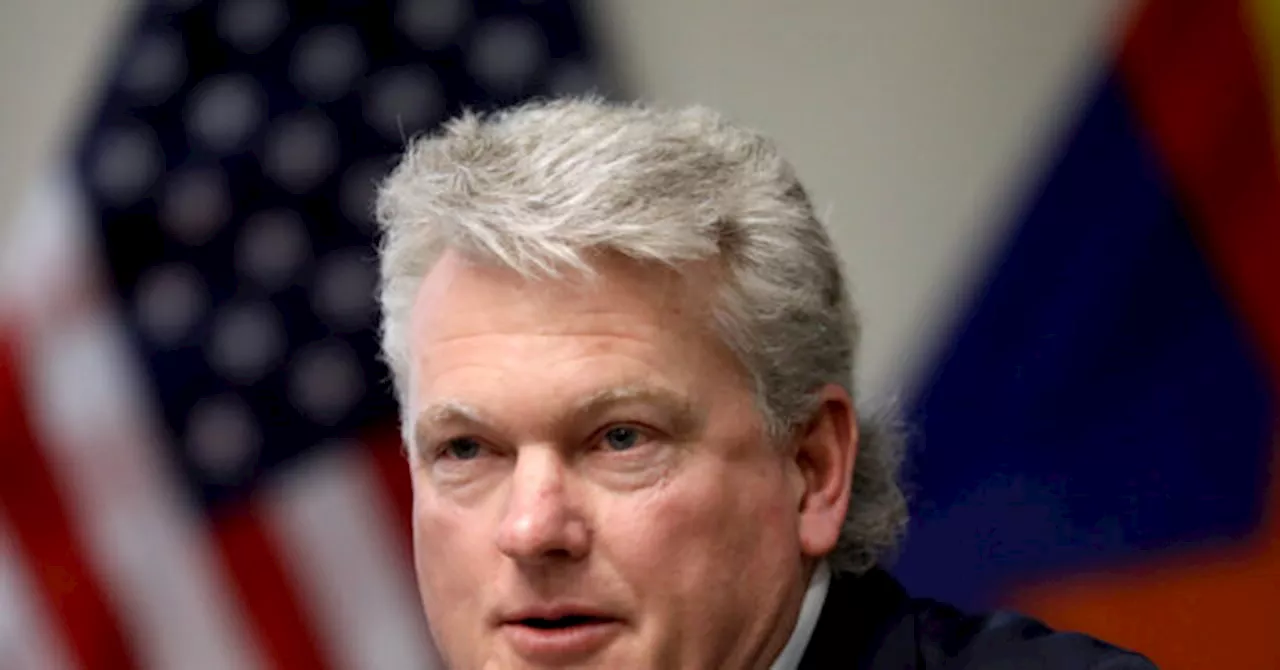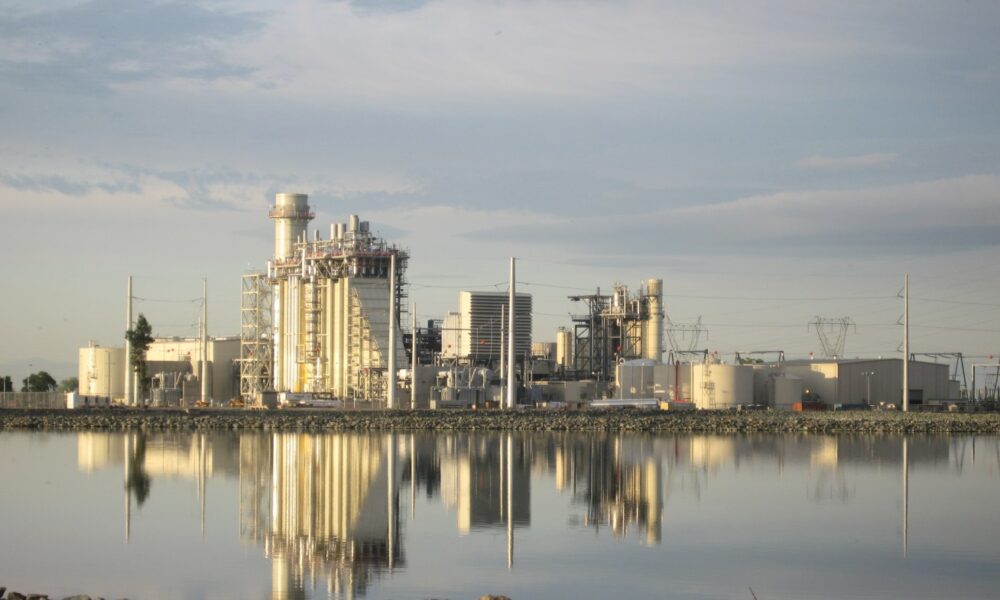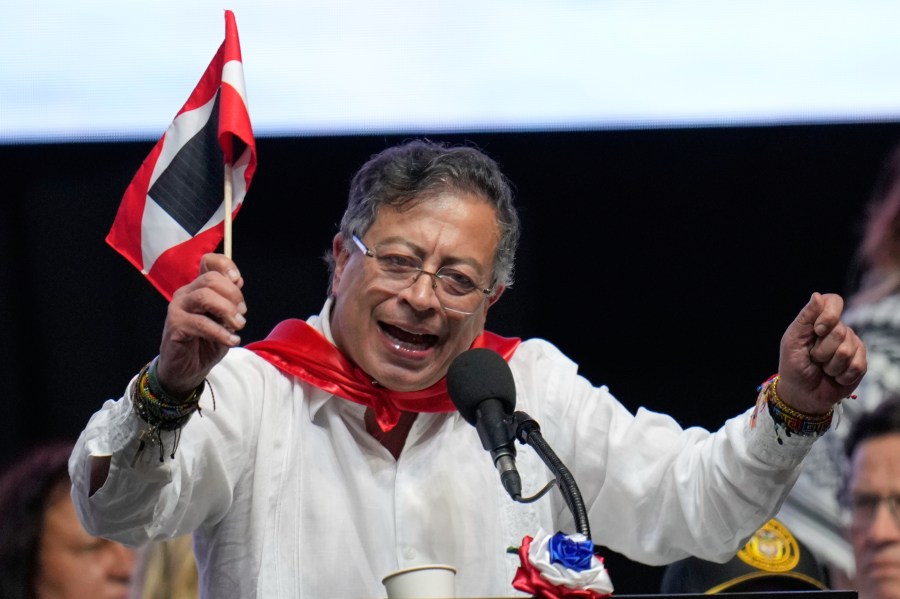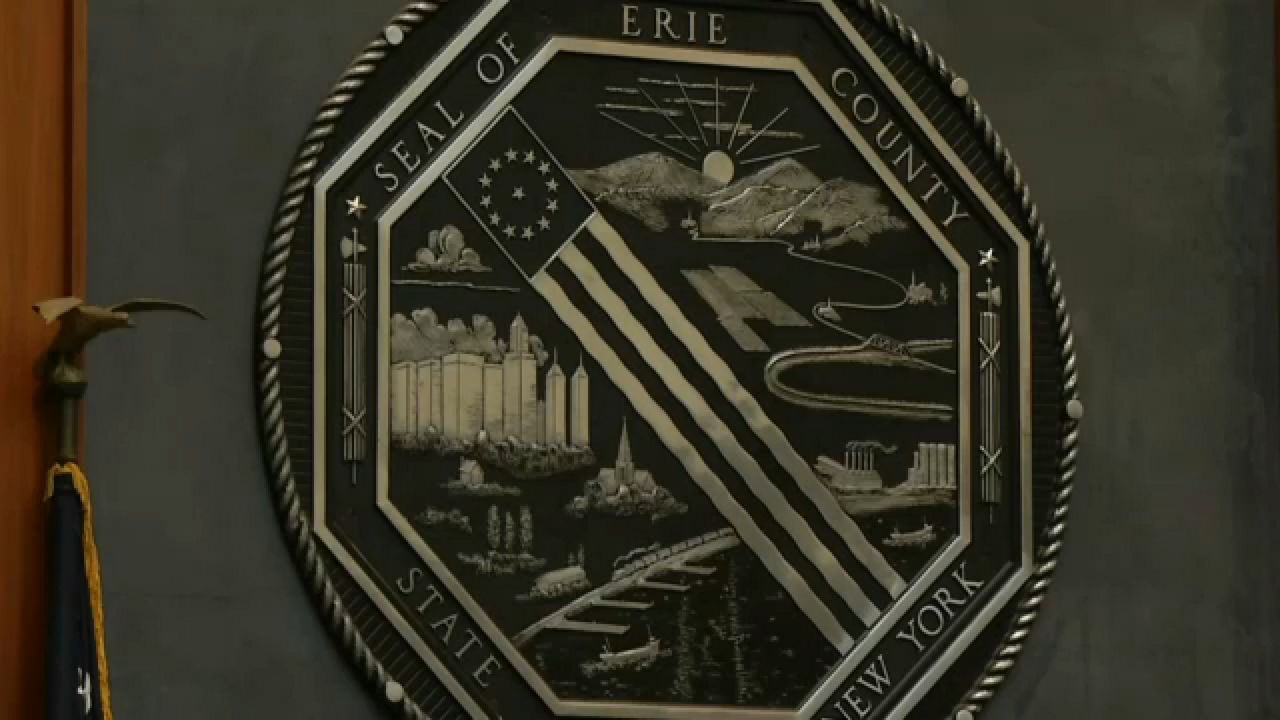A Palestinian citizen of Israel shares a deeply personal account of his experiences amid the ongoing conflict, particularly following the events of October 7, 2023. This day marked a significant escalation in violence, triggering a widespread military response in Gaza and reshaping the landscape for Palestinians and Israelis alike. The author, who left Israel as a teenager, reflects on the complex dynamics of identity, coexistence, and the stark realities faced by Palestinian citizens within Israel.
His journey begins with a visit to his father, known as Baba, who underwent heart surgery in a hospital in Herzliya, just north of Tel Aviv. The diverse medical staff included a Palestinian nurse from Qalansawe, a religious Jewish nurse, and a Jewish physiotherapist, each symbolizing the multifaceted nature of Israeli society. This blend of identities reflects the coexistence that can exist, even amid profound national divides.
Despite the warmth of the hospital environment, the author acknowledges the pervasive atmosphere of tension and fear that has developed since the escalation of violence. As a Palestinian citizen of Israel, he grapples with the implications of living in a nation where his identity is often overshadowed by a dominant Jewish narrative. Palestinian citizens make up approximately 20% of Israel’s population but frequently encounter systemic inequalities and societal challenges.
The author recalls his childhood in Tayibe and Jaffa, cities that once thrived as Palestinian cultural centers but have since undergone significant transformation. This change is particularly evident in Jaffa, where the gentrification process has altered the landscape, pushing out many of its original Palestinian residents. As he walks through neighborhoods that have shifted from vibrant marketplaces to upscale areas, he reflects on the stark contrast between his memories and the present reality.
Traveling back to Israel after a hiatus due to the pandemic and geopolitical tensions, he is struck by the physical and emotional changes in his environment. Jaffa, once bustling with life, now feels eerily quiet. The familiar sights of crowded cafes and lively markets are replaced by an air of uncertainty and fear. The author notes the proliferation of yellow ribbons and stickers in support of soldiers, reflecting a society deeply affected by the ongoing conflict.
Despite the challenges, he observes a surprising level of patience and civility among ordinary citizens, both Jewish and Arab. The interactions he witnesses in the hospital suggest that, at a personal level, many Israelis are showing kindness towards their Palestinian counterparts, even amid the backdrop of national strife. Yet, he questions how deep this politeness runs, suspecting that it may be masking deeper anxieties rooted in the current political climate.
Conversations with his Jewish Israeli friends reveal a broader societal divide. While they express concern over the war and its implications, their responses often focus on the Israeli perspective, neglecting the profound impact on Palestinian lives. The author grapples with the dissonance of maintaining friendships in a context where moral and ideological differences become increasingly pronounced.
Throughout his visit, he reflects on the concept of sumud, the Arabic term for resilience and steadfastness, as he navigates the complexities of his identity within Israeli society. Palestinian citizens like him often find themselves balancing their aspirations and daily lives against the backdrop of systemic oppression and the ongoing conflict.
The author notes a growing number of Palestinian citizens considering emigration in response to the violence and instability. This trend raises concerns about the future of this community, which has historically played a vital role in advocating for equality and justice within Israel. The potential departure of many with the means to leave could shift the political landscape, further marginalizing Palestinian voices.
As the author prepares to return to Canada, he reflects on the relationships and experiences that have shaped his identity. The visit serves as a poignant reminder of the challenges faced by Palestinians within Israel and the urgent need for dialogue and understanding. The complexity of coexistence amid violence underscores the necessity for a more inclusive political discourse that acknowledges the rights and aspirations of all communities in the region.
In an environment where tensions run high, the author emphasizes the importance of solidarity among diverse groups. He calls on Jewish Israelis, especially those with liberal values, to confront the realities of the conflict and stand against the injustices faced by Palestinians. As he leaves his homeland once again, he carries with him the hope that meaningful change is possible through collective action and dialogue.

